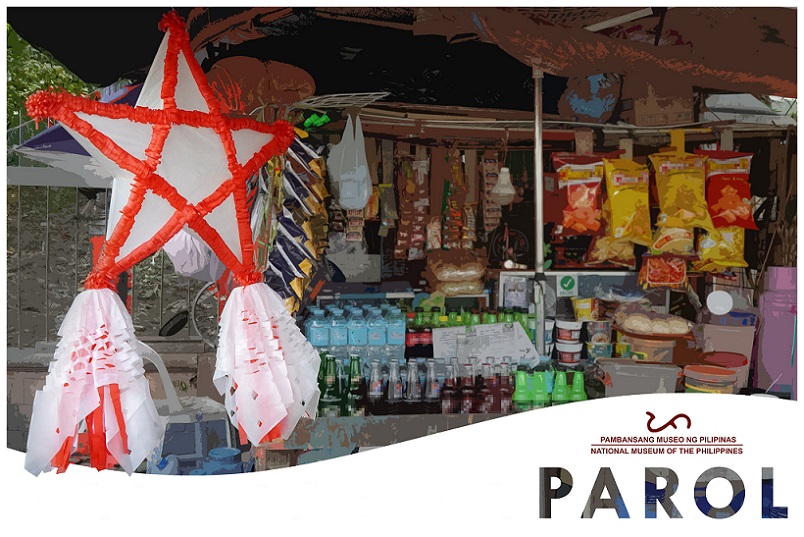Images courtesy of the National Museum of the Philippines and the Cultural Center of the Philippines
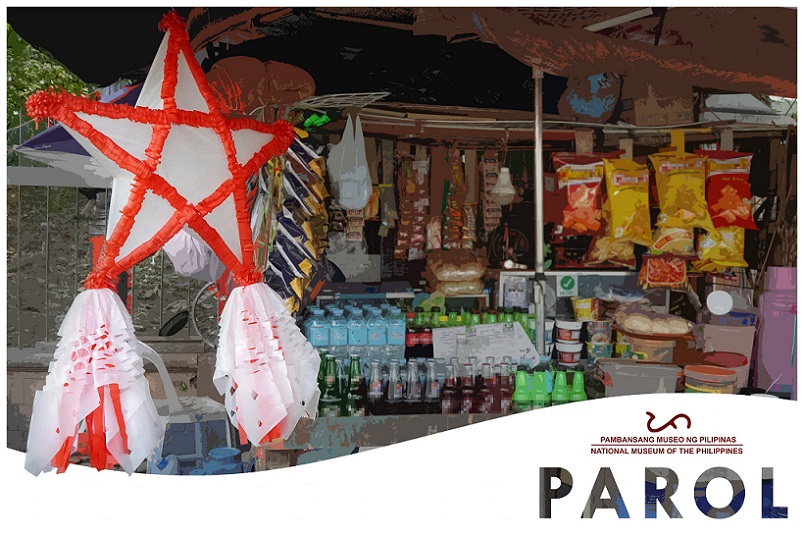
The handmade parol remains the most iconic symbol of Philippine Christmas, encapsulating the artistic ingenuity of Filipinos through the years.
Origin
The word parol is derived from the Spanish “farol,” meaning “lamp” or “lantern.” Under 500 years of Spanish colonial rule, the imprint of the Catholic Church remains deep and extensive in Philippine life, including the celebration of the birth of Jesus Christ.
It is said that the parol has been influenced by Mexico’s piñata, traditionally celebrated in mid-December. It involves the breaking of a papier-mâché container (originally clay pots) filled with fruits and candies, as part of Las Posadas, celebrated between December 16 to 24, where a procession reenacts the search for shelter by Mary and Joseph and the Nativity scene. The Panunuluyan is Its counterpart in the country.
In an article on church celebrations in Intramuros, the center of the colonial church in Spanish Manila, Doreen G. Fernandez noted that religious feasts and celebrations since the early 16th century were celebrated with “bullfights, masquerades, nightly illuminations, and fireworks.” Then and now, Philippine feastings always involve “fireworks, rockets, and illuminations.”
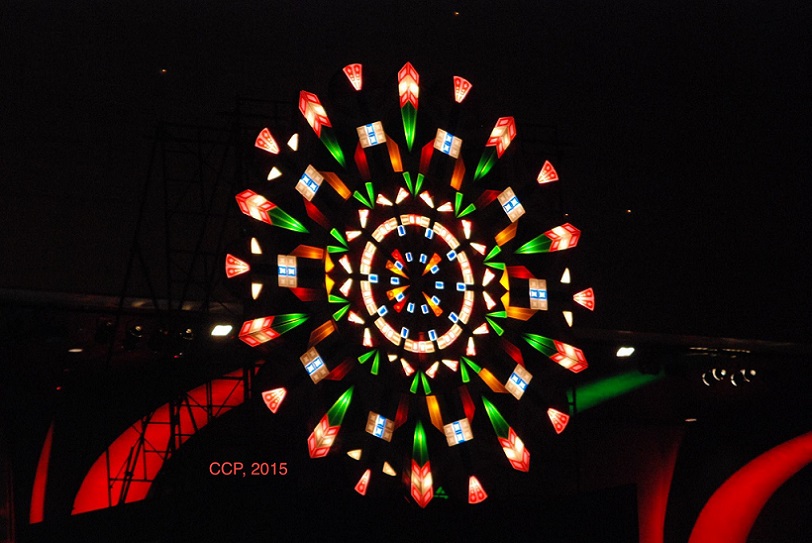
Christmas lanterns, San Fernando
A salt-maker, Francisco Estanislao of Sta. Lucia, San Fernando, Pampanga is credited with making the first five-pointed parol in 1908, using bamboo and coco cloth. His great-grandson, Ernesto “Erning” David Quiwa, still makes some of the biggest and the best giant lanterns in Sta. Lucia. He learned the craft from his uncle who introduced the first parol rotor in 1957. The rotors are large steel drums that light up and synchronize the spinning lights of the giant lanterns of San Fernando. Quiwa’s five children, the fifth-generation, are all involved in the parol business.
Long before electrification, candle-lit lanterns made of bamboo and paper were used in processions to light the way and for going to church for the Misas de Aguinaldo, nine days before Christmas.
In San Fernando, Pampanga, the first parol festival was held in 1930, the year when electricity reached the city. Originally, it displayed the lanterns to see which bulbs would last throughout the night, known as Ligligan Parul or “lantern showdown.”
San Fernando has held its giant lantern festival through the years with 20-foot polyvinyl plastic lanterns in a kaleidoscope of vivid colors compete with its spinning and dancing lights set to music.
Amidst the raging Covid-19 pandemic then, the Cultural Center of the Philippines lighted its main building facade and grounds with a splendid display of parulsanfernandu for its Pasko 2020 celebration. Livestreamed online, it was in support for Pampanga’s parol makers who lost their livelihood due to the pandemic.
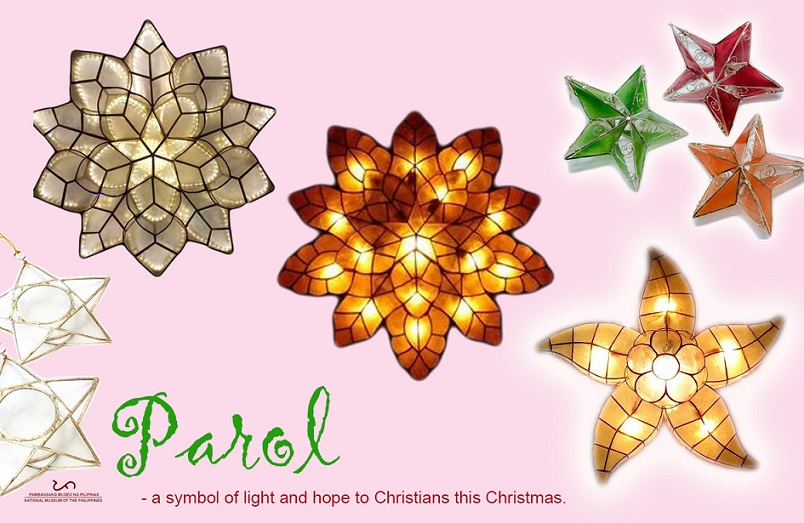
Materials and design
A typical parol is star-shaped with two decorative tails hanging out, symbolizing the Star of Bethlehem that guided the Three Wise Men from the East to Bethlehem.
Bamboo sticks and paper (papel de Japon) are the basic materials of a parol; crepe paper, cellophane, plastic, fiberglass, capiz shells, natural fibers such as abaca, jute, or rattan, and recyclable materials have been also been used as parol materials.
Capiz shells
Known as windowpane oysters (Placuna placenta), the bivalve mollusks are usually found in muddy and sandy shores and quite abundant in Antique and Capiz where it got its name. Called lampirong in Iloilo, its shells are almost flat and translucent silver in color, and used as a substitute for glass.
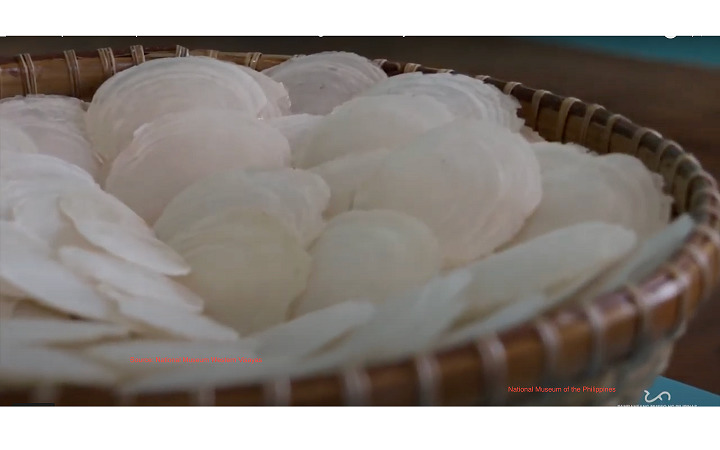
Under Spanish colonial rule, the shells were first used as window panes, much like the use of the Japanese washi or handmade paper for sliding doors and windows. Nowadays, it is used in making a variety of decorative and functional products such as chandeliers, lampshades, or jewelry boxes.
Early on, capiz shells lined with strips of brass have been used in Christmas lanterns, instead of throwaway materials. Capiz shells have proven to be durable and attractive with its opaque and translucent shells that could also be colored to resemble stained glass. In general, capiz lanterns that are natural and uncolored are much more expensive than colored ones.
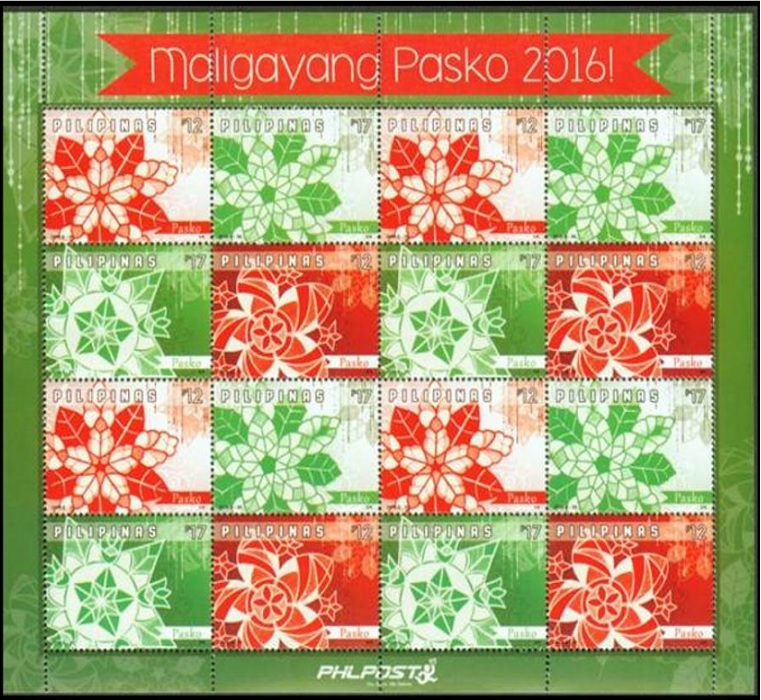
Evolution
Today’s parol has evolved from a simple star to ones with ornate and intricate designs with LED dancing lights set to music. It has become an iconic symbol of the Philippine celebration of Christmas, not only in the country but also all around the world due to the Filipino diaspora.
In many ways, the colorful Filipino parol embodies the Filipinos’ zest for enjoying the moment, life as it is. The visual spectacle of Christmas lanterns and illumination adds to that mood of exuberance and gaiety— a momentary respite from the struggles of daily existence.
